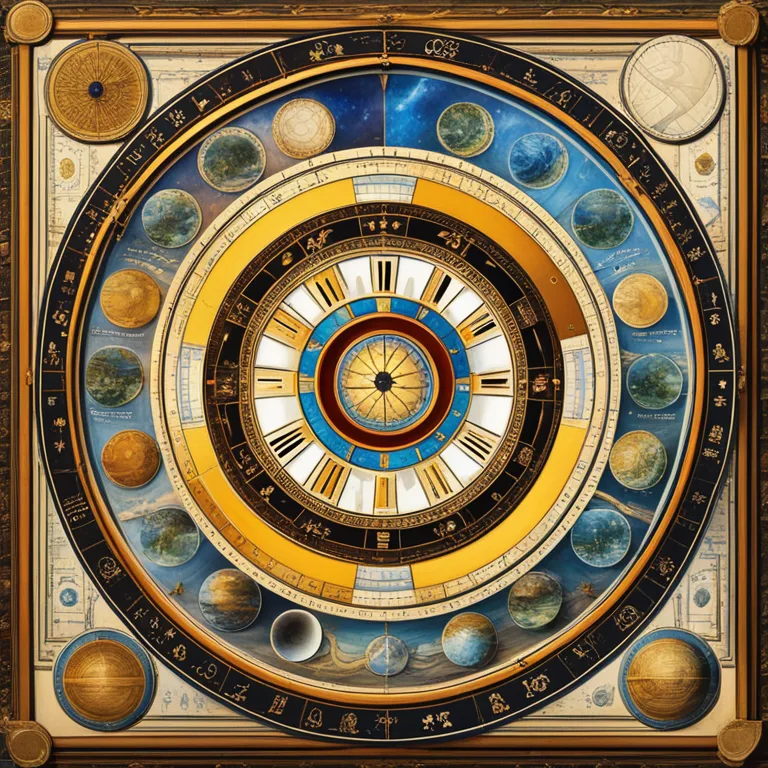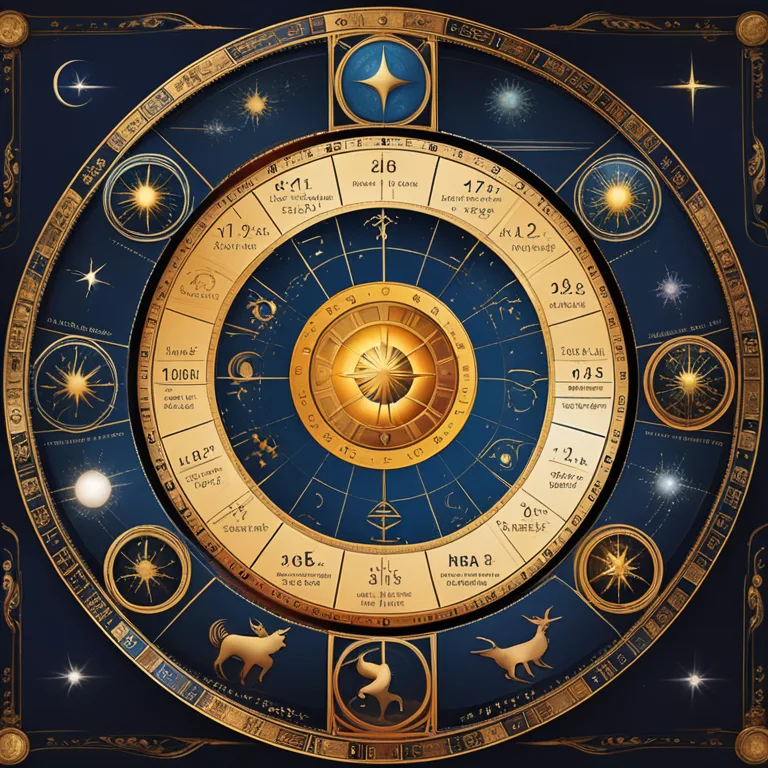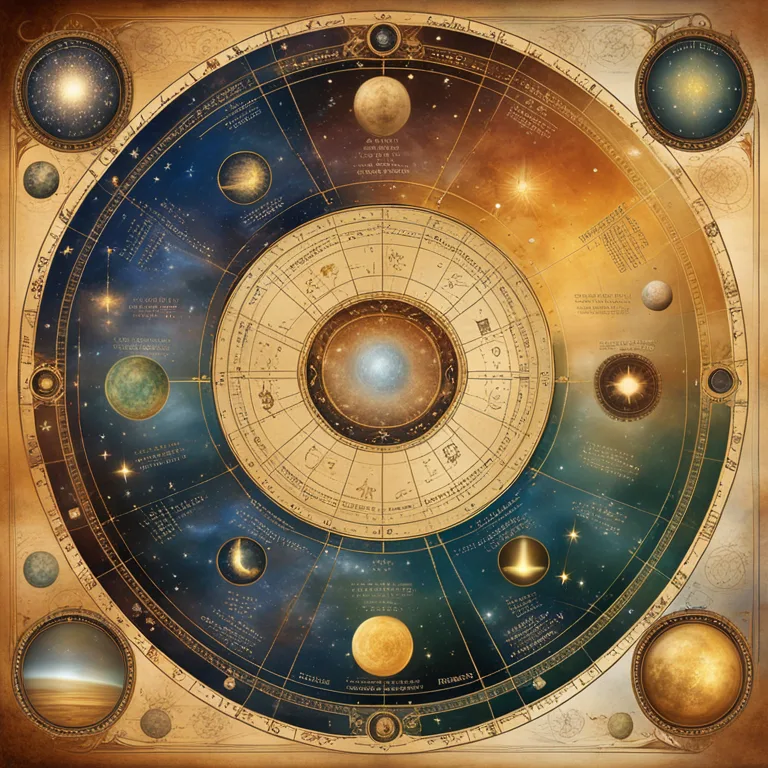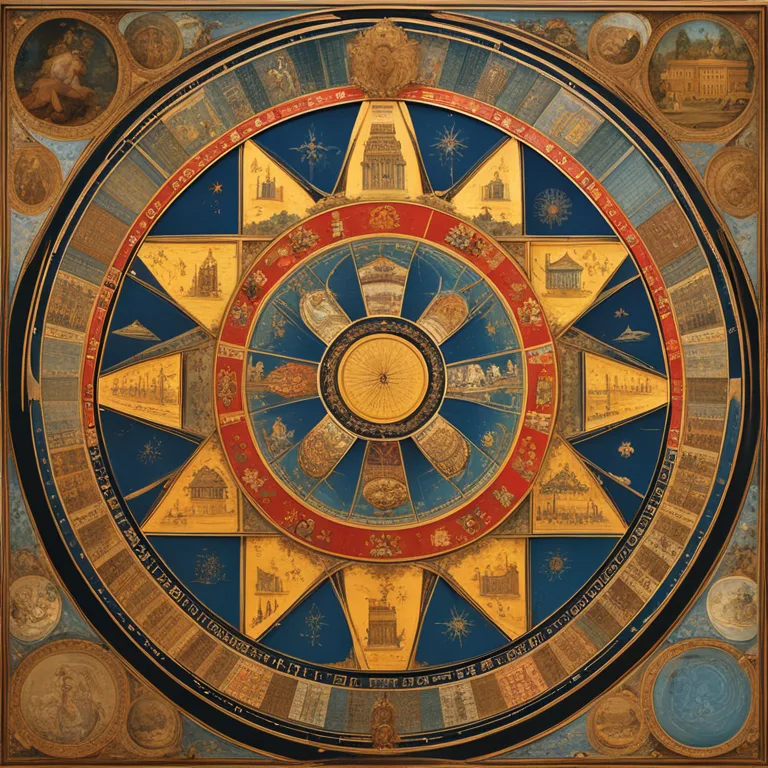
Birth Chart Analysis Made Simple
Discover the essentials of reading your birth chart with this easy guide, enhancing self-awareness through astrology.
article by Priya Deshmukh
Your Astrological Blueprint
For centuries, astrology has been used as a tool to gain insight into one's personality, potential, and life patterns. A central element of this practice is the birth chart, a snapshot of the heavens at the moment of your birth. Reading a birth chart can seem daunting due to its complex symbols and meanings, but by breaking it down, you can start to comprehend your astrological makeup.

Components of the Birth Chart
Your birth chart is composed of several key components. The signs of the Zodiac, the planets, the houses, and the aspects between planets all play an integral role. The Zodiac signs represent energies and qualities, while the planets reflect parts of the self or life areas. Houses denote where these energies manifest, and aspects describe the dynamics between the celestial bodies. Familiarizing yourself with these elements is crucial for accurate interpretation.

Step 1: Identify Planetary Positions
Begin your journey by identifying the locations of the Sun, Moon, and planets at your time of birth. Each celestial body is situated in a Zodiac sign, offering unique influences. The Sun sign reveals your core essence, the Moon sign governs emotions, and each planet adds a layer to your personality and life areas. Note these positions as they are foundational to your chart interpretation.

Step 2: Explore the Houses
The astrological wheel is divided into twelve sections called houses, each related to different life aspects. The house in which a planet resides shows where in life its energies will be expressed. For example, Venus in the second house focuses on love and values in financial and material realms. Pay attention to which houses hold the most planets, as these areas will be especially prominent in your life.

Step 3: Analyze the Aspects
Aspects are the angles planets form with one another, and they influence how planetary energies interact. Conjunctions indicate merging energies, while oppositions and squares can signify challenges or conflicts. Trines and sextiles suggest harmony and support. Recognizing these relationships can help you understand internal dynamics and potential growth areas.
Step 4: Synthesize the Information
With an understanding of planetary positions, houses, and aspects, you're ready to synthesize this information. Consider how various elements combine to form the bigger picture. For instance, Mars in Aries in the first house implies assertiveness and a pioneering spirit in self-identity, while Mars in Libra in the seventh house suggests energy is directed toward partnerships and balance.
Final Thoughts
Understanding your birth chart is a profound step towards self-awareness. As you connect the dots between the planets, signs, houses, and aspects, patterns will emerge, offering insights into your potential and challenges. Keep in mind that this is a basic guide; astrology is a nuanced and deep subject, and further study can provide even more illumination.
Published: 12/22/2023
Modified: 12/22/2023
More predictions
Come back here soon to learn more about yourself and your future


Understanding 12 Astrological Houses
Delve into the meanings and influences of the twelve astrological houses that shape personal horoscopes.


The Lead Role of Astrological Houses
Gain insights into how the astrological houses influence your personal horoscope and shape your celestial journey.


The Role of Astrological Houses
Discover the fundamental concepts of astrological houses and how they influence personal astrological charts.